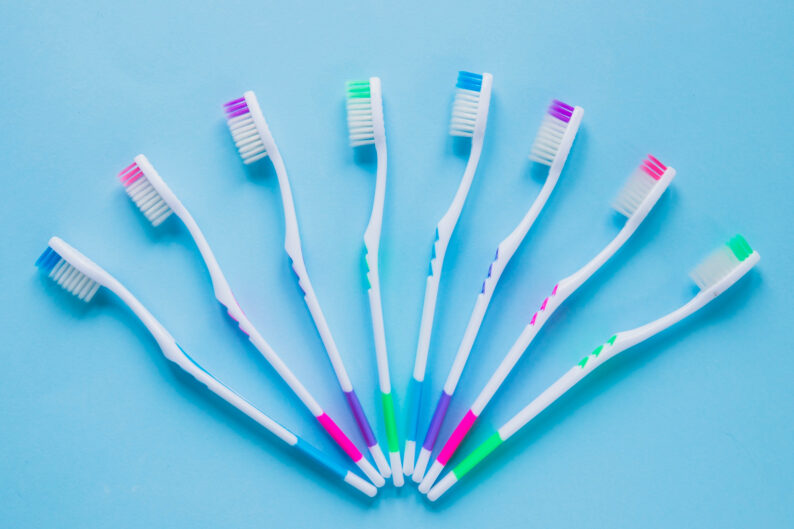Visit Our New Beyond Limits Project or whatever text Beyond Limits Project
Visit Our New Beyond Limits Project or whatever text Beyond Limits Project

Aside from the two standard pieces of advice that dentists give their patients — brushing and flossing consistently — there are other measures people can take to safeguard the health and integrity of their teeth. These include the use of antiseptic mouthwash; when to brush and at what frequency; and the options regarding wisdom teeth. Also among the professional guidance are reminders to change the toothbrush in use. We will explore why and how often, and the dangers of using the same brush for an extended period. Toothbar in downtown Austin speaks to this issue from experience and authority.
Of course, you look at a brush and realize that its composition is not complicated. That said, they are not just slapped together either. Their design reflects careful study about how best to reach the farthest corners of the mouth, Once the shape is final, manufacturers mold plastic to that template and with molding in which to embed plastic pellets that help heat the brush for correct molding. Then the nylon bristles are inserted into pre-drilled holes and receive a trim to the proper length. American Dental Association-approved toothbrushes are trustworthy instruments.
Most often synthesized as a fiber, nylon consists of amides, carboxamides, and thermoplastics, i.e. soft polymers made flexible through heating. Toothbrush bristles are nylon fibers. Nylon fabrics can warp as well as absorb moisture from the air. That fact comes from the nylon industry. As with nylon stockings, moisture tends to age the fiber more rapidly. It stands to reason that bristles, when saturated in water, would eventually lose their flexibility. Beyond reason, fact bears this out. Ask any frequent fishing enthusiasts how often they replace lines for their rods.
The bristles on your brush spend a good deal of time in water. Wetting the brush and rinsing it multiple times daily take a toll on them. The results: they get warped and brittle. This means they become less effective in removing plaque, tartar, and bacteria. In addition, older brushes eventually start hoarding bacteria and become less hygienic overall. There is still another bristle danger. Over time, soft bristles can grow hard when exposed to hard water. This, of course, subsequent contact can do damage to the enamel of the tooth or teeth. Hence, older brushes stop serving their purpose.
The consensus among dentists is to change brushes every three to four months to avoid some of the complications stated above. That is not the end of it, however. Getting a new brush after an illness is also a good idea. A strong rule of thumb is to periodically examine the brush for matting, fraying, or other disfigurement in the bristles.
Toothbar in downtown Austin is staffed with professional dentists and hygienists for additional guidance. Looking for a general or cosmetic dentist near you? Contact us today at 512-949-8202 or by filling out our contact form.
Co-founder and owner Dr. Kimberley Barclay is actively involved in local and national dental societies, including the Capital Area Dental Society and Spear Education courses on cosmetic dentistry. She is also a member of the Seattle Study Club, one of the most advanced education groups for dental professionals.

This content was fact-checked by Dr. Kimberley Barclay and Dr. Lauren Jacobsen following editorial guidelines. Dr. Kimberley Barclay is actively involved in local and national dental societies, including the Capital Area Dental Society and Spear Education courses on Cosmetic Dentistry. Dr. Lauren Jacobsen is an active member of the dental community and engages in further education and training through membership with a local chapter of the Seattle Study Club and Spear Education courses.
Our team is ready to book your appointment. The proper Dental Care can make the difference in years to come. We don't just improve the aesthetics of your smile, we make sure your dental health is set for the long run.
Schedule your visit now